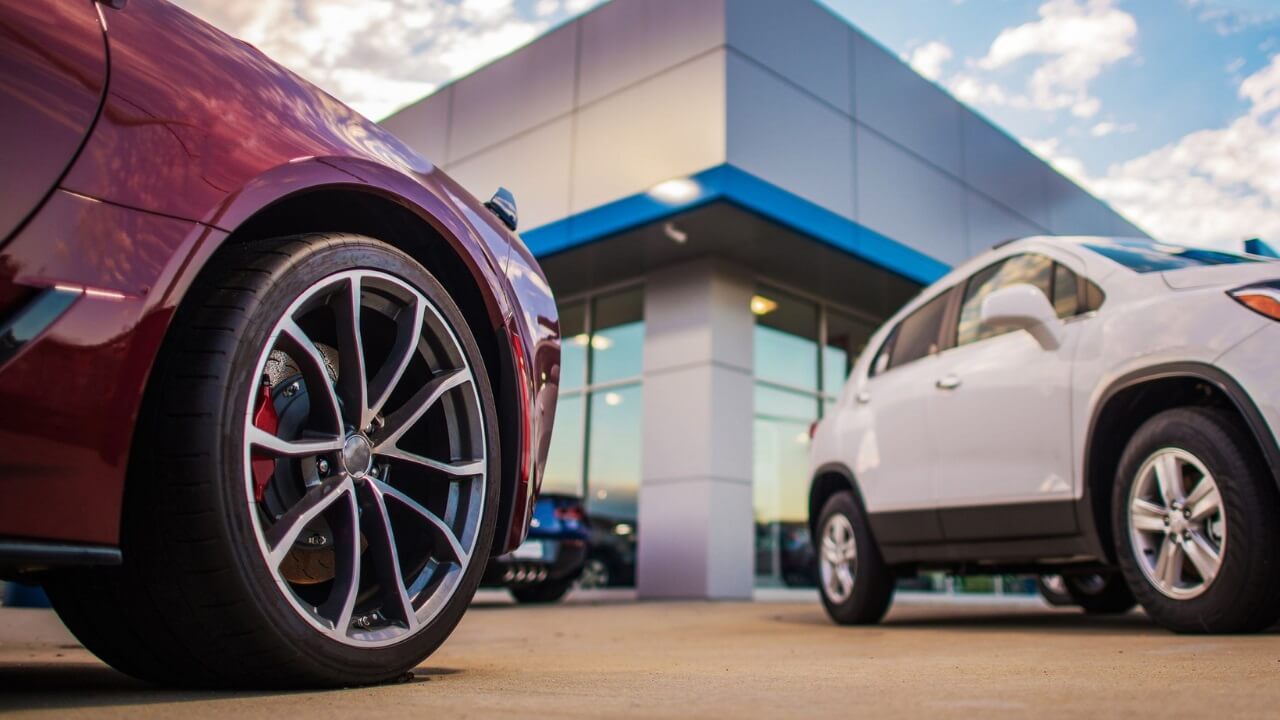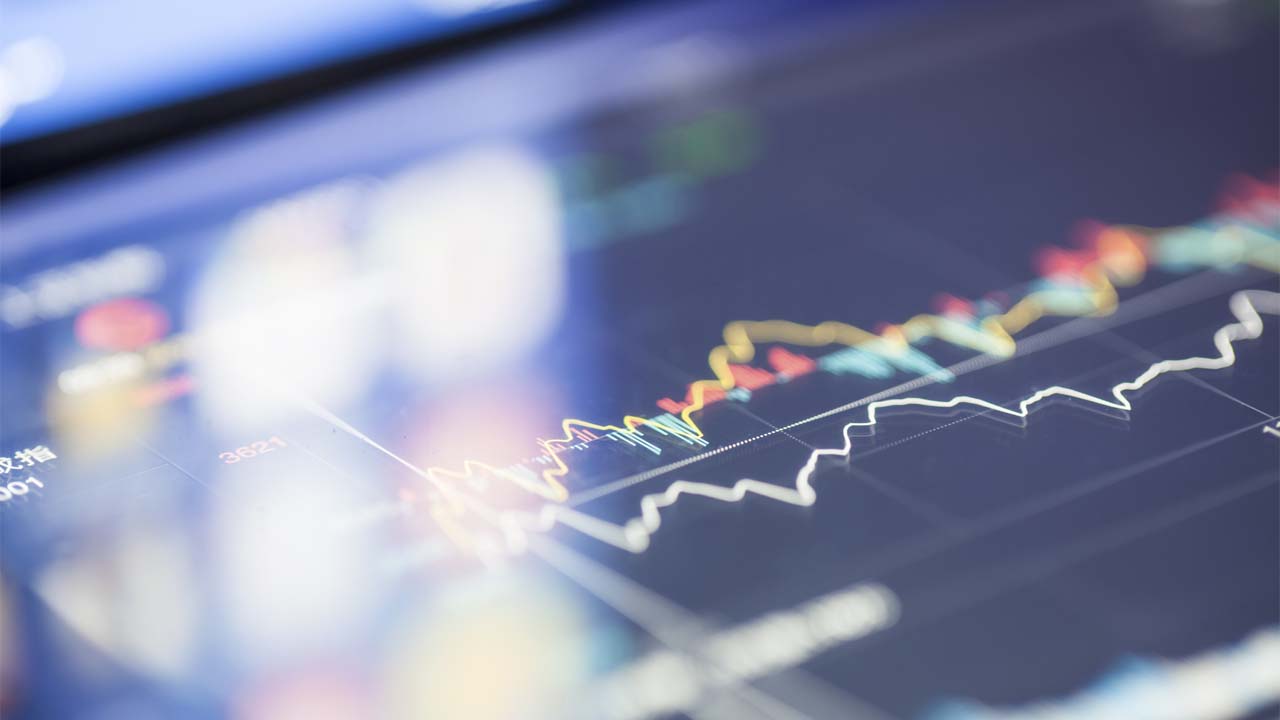Demand for used cars in Australia is following a trend: up. But for how long?
To define ‘up’: some used vehicle dealerships are reporting more than 30% increases in prices compared to mid-late 2019.
Furthermore, one-year-old cars are retaining up to 90% of their original MSRP – up from an average 72% from 2015 – 2019.
On the downside is supply. Used car stock is around 30-35% lower than in previous years.
But why? We investigate.
Firstly, which cars are seeing the most price increases?
According to financial intelligence company Moody’s, cars that are 3-5 years old are most popular. Couple that with Australia’s unquenchable thirst for utes and SUVs, it’s clear to see the winners.
Specific makes and models experiencing price increases:
- Toyota Hilux
- Ford Ranger
- Mitsubishi Triton
- Toyota RAV4
- Isuzu D-Max
In other words, 3-5 year old utes and SUVs with off-road ability and/or passenger and cargo space, from trusted and reliable brands.
Smaller cars such as the Toyota Camry, Toyota Corolla, Mazda CX-5 and Hyundai i30 are also seeing increases.
Why are used car prices increasing?
COVID, and there are several reasons for it – each one putting a squeeze on used car prices much to sellers’ delight and buyers’ wallet pain.
Squeeze #1: A Decline in Public Transport
COVID put a fear on the use of public transport. For example, before March, 2020, an average of 15.4% of men and 14.2% of women claimed to use public transport.
Today, those figures have shrunk to around 4.9% and 2.9% respectively.
And it’s not just public transport.
Rideshare services like Uber also reported huge declines during ‘peak COVID’ – up to 75% in some areas. Fortunately for drivers, food deliveries have increased significantly – in some cases doubling in comparison to pre-COVID levels.
The result: an increase in the need for private transport.
Squeeze #2: Supply Chain Disruption
When it comes to assembling vehicles, a lot of international cooperation is needed. Electronic equipment from China and Japan, leather from Europe and tyres from here in Australia.
For example, some of Australia’s favourites; the Ford Ranger, Toyota HiLux, Mazda BT-50 and Mitsubishi Triton – all assembled in Thailand.
Like many industries involving international cooperation, COVID has not been kind. International supply chains have been – and in many instances, still are – severely hit by lockdowns and border closures.
For example, Hyundai at one time closed seven factories in South Korea to slow the spread of COVID. This affected around 40% of their global output.
The Result: new car deliveries are significantly delayed or even cancelled. This pushes new-car buyers to look at used vehicles.
Squeeze #3: International Travel Bans
In November 2020, there were 7,570 arrivals into Australia from overseas – that’s a 99.1% decrease from November, 2019. Australian citizens departing their home country also reflected similar numbers: in December 2019, 1,056,000 Aussies went abroad, only 12,090 did so during the same month in 2020. A massive 98.8% tumble.
Furthermore, around 20 major airlines cancelled 100% of their flights in March, 2020 – something unimaginable pre-COVID.
As there are no (or very minimal) overseas holidays available, people are exploring their own backyard.
The Result: an increasing demand for SUVs, utes and passenger vehicles capable of long distances and some off-roading. In fact, SUVs made up 49.6% of the new-vehicle market during 2020, up from 45.5% in 2019.
A Little Closer to Home
Nodifi’s charts reflect the market trends. As Nodifi COO, Tim Wells explains: “We experienced a significant pickup up of 76% in used vehicle finance from April to October in 2020.”
“Although I don’t expect these trends to continue long-term, the used car market has proven to be a resilient staple within the asset finance sector,” he continued.
Nodifi National Sales Manager, Alex Bodriagin commented, “I’m noticing fleet vehicles, especially from government agencies becoming more of a rarity in the used car market.”
“These vehicles often come with relatively low mileage and a fully-maintained service log book and are therefore an attractive option for prospective buyers. However, due to social distancing rules and delays on new vehicles, fleet managers are holding onto their vehicles,” explains Alex.




